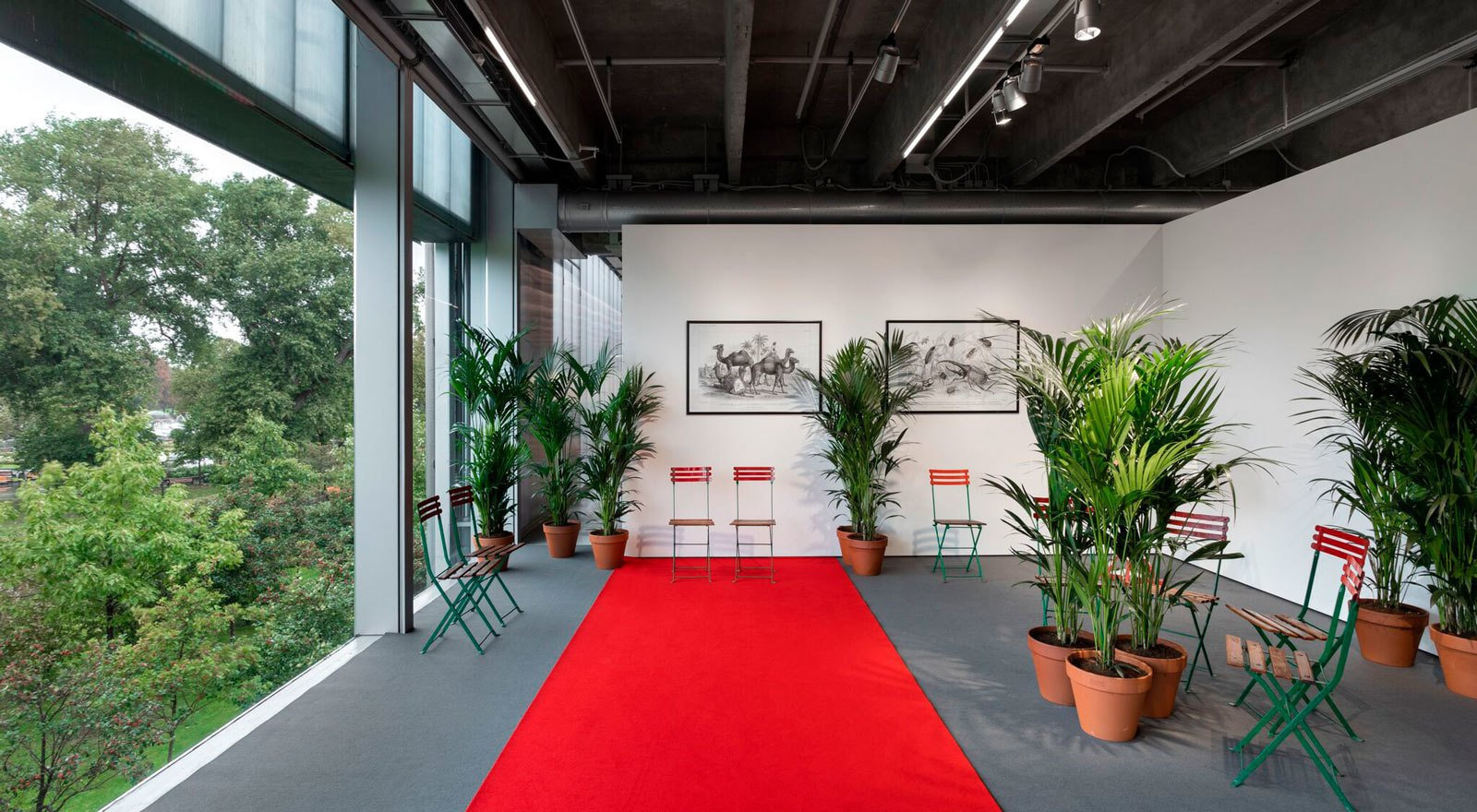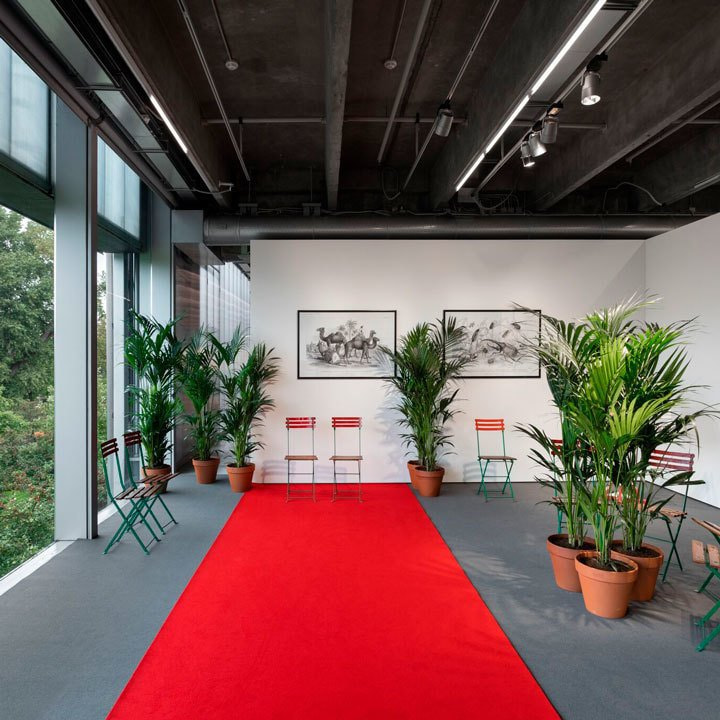The poetic, artistic, and film legacies of Marcel Broodthaers are often scrutinized in their relation to the evolvement of conceptual art. In this regard, his collection of poems Memory Aid (Pense-Bête), encased in plaster for a 1964 exhibition, can be considered a paradigmatic example of conceptual poetry.
Such an act of “biblioclasm” is the key to Broodthaers’s aesthetic position where the rejection of any conventions in art easily coexists with a poetic impulse. This position, however, embeds the conceptual artist’s practice in broader tradition in the history of literature, which can be defined an antitradition tradition. Going back to Stéphane Mallarmé, to whom Broodthaers dedicated an exhibition in 1969, he saw the role of the poet in language criticism, while the desire to undermine the seeming clarity of words as a code of communication proves the continuity of another famous Belgian author’s practice, Maurice Maeterlinck. Along with that, as much as René Magritte’s The Treachery of Images, Broodthaers’s aesthetic theory was inseparable from the literary experience of surrealism—Paul éluard’s Proverbs, Georges Ribemont-Dessaignes’s automatic writing, and the equivoques of André Bréton and Louis Aragon.

